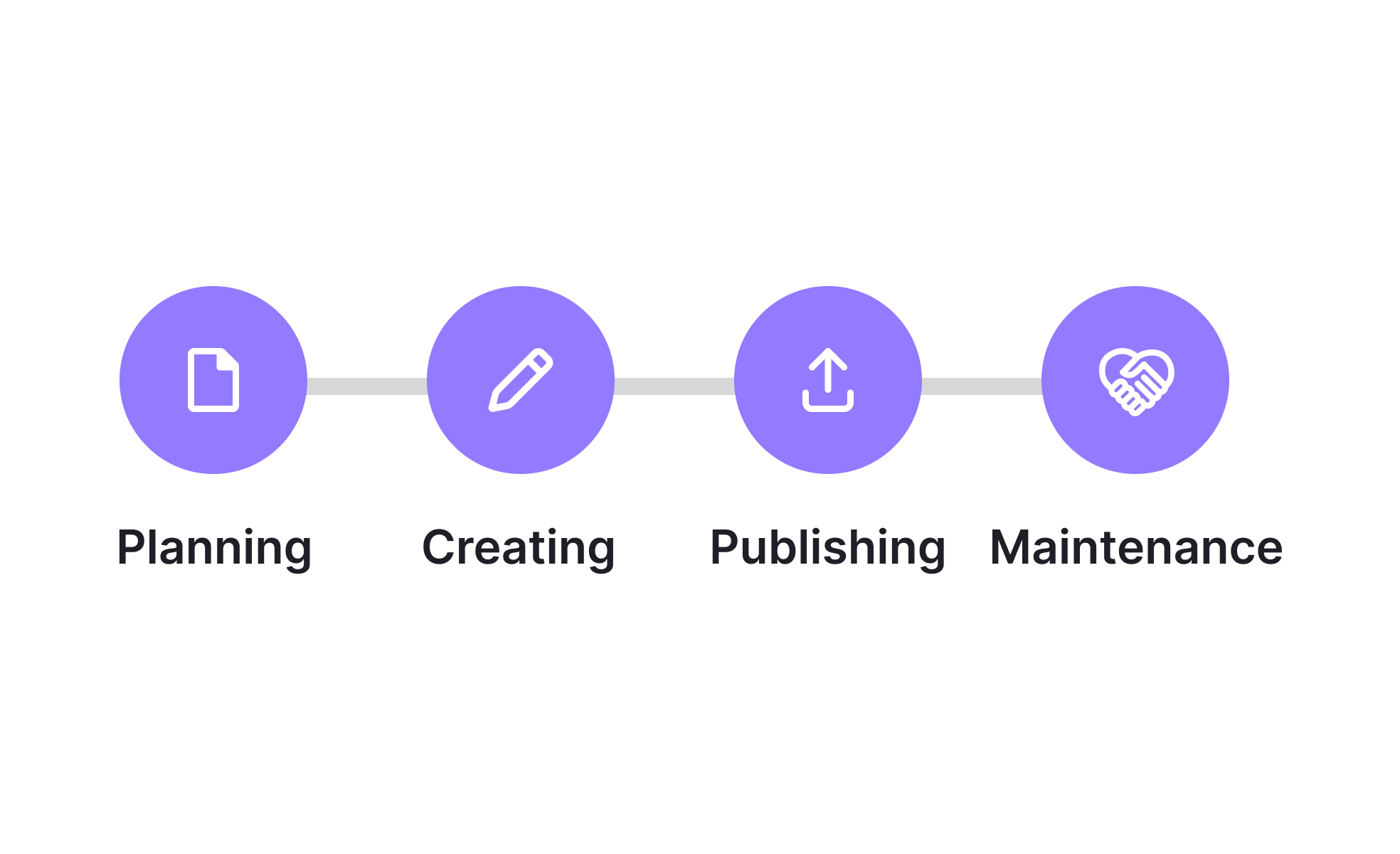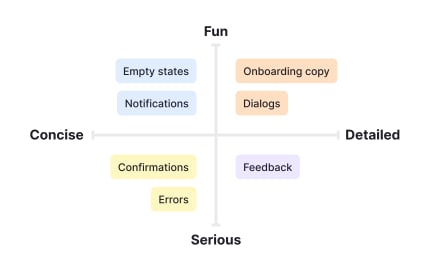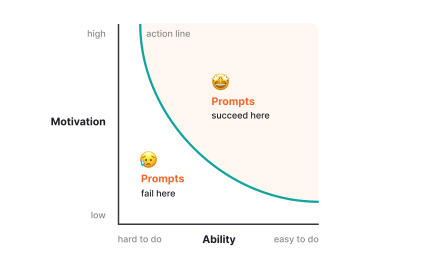Content Strategy
Content strategy defines the planning, governance, and long-term management of words, visuals, and messaging to deliver consistent, user-centered experiences.

Content strategy is the discipline of planning and managing content to ensure it meets both user needs and organizational goals. Unlike content design, which focuses on the creation of individual assets such as microcopy or images, content strategy looks at the big picture. It creates the frameworks and workflows that guide how content is created, maintained, and retired across a product or service.
For UX and UI designers, content strategy provides clarity on voice, tone, and structure. It answers questions about how information should be presented, ensuring that every interface speaks consistently to its audience. A clear strategy helps avoid fragmented messaging, making sure that a button label, a help article, and a promotional email all align with the same user-centered principles.
From the perspective of product managers, content strategy supports alignment between product development and communication. Every product launch, update, or feature addition must be paired with well-prepared content, whether that is onboarding guides, release notes, or in-app tips. A content strategy ensures these messages are delivered on time and reflect the product’s positioning. Without it, teams risk releasing features that users don’t fully understand.
Examples of successful content strategies appear across industries. Gov.uk built one of the most influential strategies by making clear, accessible content the foundation of public digital services. Instead of scattered and technical government documents, they applied plain-language principles and strict governance, transforming how millions of citizens interact with government services.
Each content type, from help documentation to marketing campaigns, must have assigned stakeholders who review and update it. Clear workflows prevent outdated, conflicting, or low-quality content from reaching users. Organizations often use style guides, content calendars, and governance boards to formalize these responsibilities.
Content strategy also touches on scalability. As companies grow, the amount of content they produce multiplies quickly. Without strategy, this expansion often leads to inconsistencies and inefficiencies. A defined strategy ensures that content systems and processes can scale to support multiple markets, channels, and product lines while maintaining quality and consistency.
Key Takeaways
- Content strategy plans, governs, and sustains communication.
- Designers rely on strategy for consistency in voice and tone.
- Product managers use strategy to align communication with releases.
- Real-world examples include Gov.uk and Slack.
- Governance and ownership prevent outdated or conflicting content.
Content strategy benefits UX design by providing consistent rules for voice, tone, and structure. This ensures that interface elements, onboarding flows, and help resources all deliver a unified experience. Without strategy, users may encounter conflicting styles or confusing instructions that disrupt usability.
Consistency also builds trust. Users feel confident when products communicate clearly and predictably across different contexts. By aligning design with strategy, teams deliver seamless and user-friendly experiences.
In product management, content strategy supports product adoption and retention by ensuring that every new feature or release is paired with clear communication. It organizes workflows so that release notes, tutorials, and marketing materials are ready at launch. Without strategy, teams often release features without sufficient explanation, leaving users confused or disengaged.
It also helps product managers align messaging with positioning. By guiding how features are explained and marketed, content strategy reinforces the product’s value and helps differentiate it in the market.
Scalability ensures that content remains accurate and consistent as organizations grow. Products serving multiple regions, channels, and user types need systems for managing increased complexity. Without scalable strategies, teams struggle to maintain quality, resulting in outdated, fragmented, or culturally irrelevant content.
By setting clear workflows, governance structures, and localization standards, content strategy allows teams to scale communication effectively. This ensures that growth does not compromise clarity or consistency.
Recommended resources
Courses

UX Writing

Information Architecture

Building Content Design Systems
Lessons

What is UX Writing?

Brand Voice in UX Writing

Psychology of UX Writing
Tutorials

10 Microcopy Tips to Make Every Word Count

How to Develop Your Brand’s Voice & Tone

Writing Tips for UX Designers
Projects

FOURm - Landing Page for High-Conversion Fitness Startup












